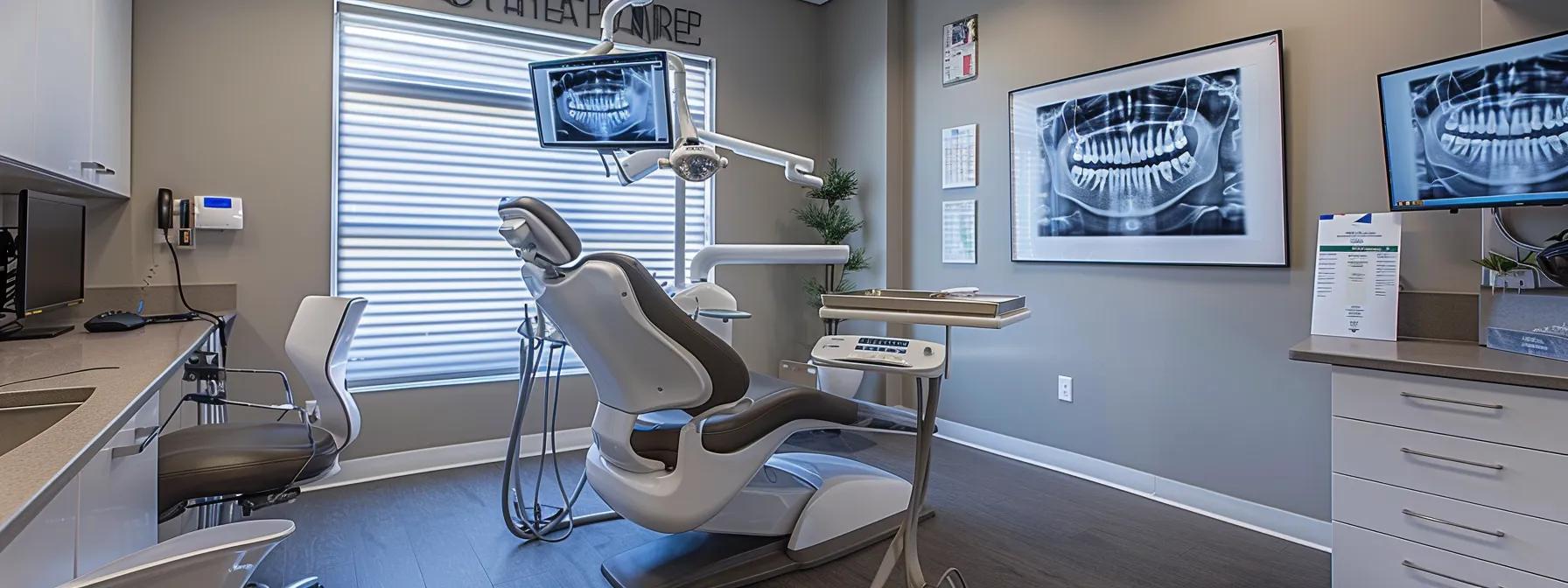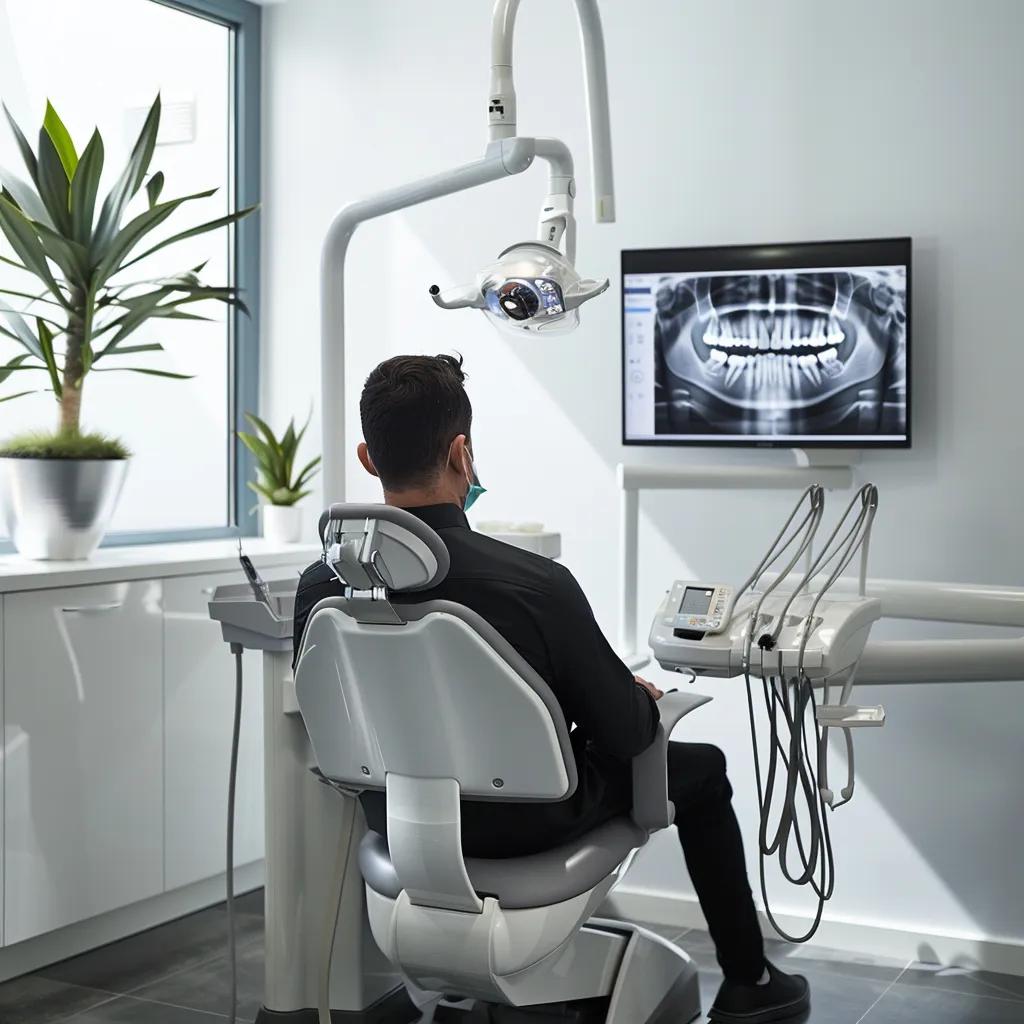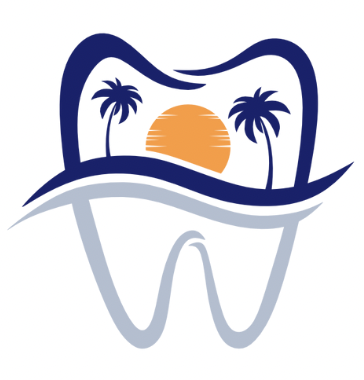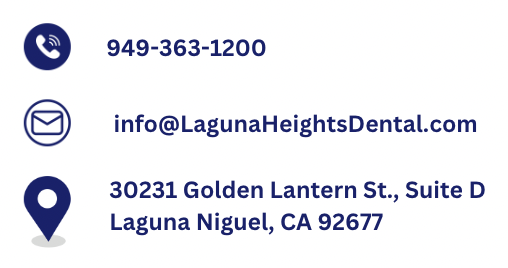Imagine you’re enjoying your favorite meal, everything is perfect—until you bite down and feel a sudden, intense pain that brings everything to a halt. Within seconds, that moment of pleasure turns into anxiety and discomfort. Dental emergencies can disrupt life without warning, often leaving people unsure of what to do next. But when you’re informed and prepared, even the most unexpected dental situation becomes manageable. With the right tools and understanding, you can respond calmly and effectively, avoiding long-term complications and unnecessary costs.
This guide is designed to provide clarity in the midst of dental confusion. You’ll learn what constitutes a real emergency, which symptoms should never be ignored, and how to create your own personalized dental emergency action plan. Along the way, we’ll dispel common myths, walk through prevention strategies, and offer expert-backed insights that empower you to act quickly when every minute counts.
The Truth About Dental Emergencies: Most Are Preventable
It’s easy to assume dental emergencies are random and inevitable—an unlucky twist of fate. However, most serious dental issues don’t just “happen.” They build up quietly over time. A neglected cavity becomes an infection. A missed appointment means a small crack goes unnoticed until it spreads. These emergencies are often the result of minor issues that were left untreated, rather than sudden accidents.
Understanding this truth gives you power. By staying consistent with oral hygiene and regular checkups, many emergencies can be avoided entirely. Prevention is rarely glamorous, but it’s extremely effective. And that’s good news—because it means you have more control over your oral health than you may think. You can prevent the vast majority of dental emergencies through awareness, habit-building, and early action.
Recognizing the Red Flags: Symptoms Not to Be Overlooked
The body often sends subtle warnings before a dental issue becomes an emergency. The challenge is knowing which symptoms deserve attention and which can wait. Learning to recognize these early signals gives you the chance to act before pain or damage escalates.
Let’s break down some of the most common warning signs that something may be seriously wrong:
- Severe or Persistent Tooth Pain: Sharp or throbbing pain often signals advanced decay, nerve exposure, or a potential abscess that needs immediate treatment.
- Swelling: Inflammation in the gums, face, or jaw can be a red flag for infection or trauma and should never be ignored.
- Uncontrolled Bleeding: If bleeding from the mouth doesn’t stop with applied pressure, it could point to a serious underlying condition requiring urgent care.
- Loose or Knocked-Out Teeth: Adult teeth should never move. If one becomes loose or falls out due to trauma, immediate dental care is necessary to attempt reimplantation or restoration.
These symptoms may start small but can progress quickly if not handled. Some situations fall under urgent care—serious, but not immediately dangerous—while others require emergency dental intervention. Knowing the difference can be the key to preserving both your health and your smile.

The Lifeline: Immediate Steps and Who to Call
In a dental emergency, what you do in the first few minutes can make a world of difference. While it’s easy to panic, taking quick, clear action can control the situation until professional care becomes available. The first step is always to protect and stabilize the affected area while minimizing discomfort.
Rinse your mouth gently with warm water to keep it clean. If there is bleeding, apply pressure with gauze. Cold compresses applied externally can reduce swelling and discomfort. Over-the-counter medications like ibuprofen can help relieve pain temporarily, but avoid aspirin if you are bleeding—it can thin the blood and worsen the situation. Then, call your dentist or an emergency dental provider right away. Describe your symptoms clearly, including when they started, their severity, and whether they are getting worse. The more detail you provide, the more efficiently the office can triage and treat you.
Lifesaving Lifestyle Changes for Dental Disaster Avoidance
Your everyday habits either build resilience against dental emergencies or gradually invite them in. The good news is that many of the most effective habits are simple and cost nothing. The cornerstone of prevention lies in daily oral hygiene, regular exams, and protective behaviors.
Here are some proactive habits that protect your teeth and reduce your risk of emergencies:
- Brush and floss consistently: This helps prevent decay, gum disease, and infection that often lead to emergencies.
- Visit your dentist twice a year: Routine exams and cleanings catch problems early, preventing small issues from becoming big ones.
- Use a mouthguard for sports: A properly fitted guard can prevent cracked or knocked-out teeth during physical activity.
- Avoid chewing hard items: Ice, hard candies, and even pens can cause fractures or loosen restorations.
Developing these habits not only strengthens your oral health—it creates peace of mind. Knowing that you’re doing your part to avoid pain and surprise treatments reinforces long-term confidence in your smile.
Creating Your Dental Safety Net
While you can’t plan for when a dental emergency will strike, you can plan how you’ll respond. Having an emergency plan in place ensures that you stay calm and act efficiently, even in high-stress moments. A well-thought-out strategy minimizes risk and provides clarity when time is of the essence.
Consider taking these steps to build your own dental safety net:
- Choose your emergency dentist now: Don’t wait for an emergency to research care. Know who to call and how to reach them after hours.
- Keep a dental first aid kit: Stock it with essentials like gauze, saline solution, temporary filling material, and pain relievers.
- Know the signs: Review and memorize the symptoms that signal when to call your dentist or head to the ER.
- Understand your insurance: Know what’s covered under your plan, and keep key contact info accessible.
Preparedness transforms uncertainty into control. By laying this groundwork, you remove the guesswork and give yourself a clear path to follow—one that can reduce damage, pain, and even treatment costs.
Laguna Heights Dental and Dr. Nazita Gaff are more than a provider—we’re your partner in oral health. We believe in educating and empowering our patients, not just treating symptoms. When you need answers, reassurance, and expert care, we’re just one call away.
Schedule your consultation Today!
Laguna Heights Dental
28202 Cabot Rd, Suite 600
Laguna Niguel, CA 92677
(949) 363-1200
See More Reviews From Laguna Height Dental. View information about local places in our community.
Frequently Asked Questions
How do I know if my tooth pain is an emergency?
Persistent, severe, or worsening pain—especially when accompanied by swelling, fever, or a bad taste—may signal an infection or abscess and should be treated as a dental emergency. If the pain interferes with eating, sleeping, or functioning normally, don’t wait. Call a professional immediately.
What should I do if I lose a filling or crown?
If a crown or filling falls out, clean the area gently and apply temporary dental cement (available at most pharmacies) to protect the exposed area. Avoid eating on that side of your mouth and contact your dentist as soon as possible to have it properly restored before further damage occurs.
Are broken teeth always an emergency?
Not always. If the break is small and painless, it may not require immediate care but should still be evaluated. However, if the tooth is causing sharp pain, sensitivity to temperature, or has exposed pulp, it’s considered an emergency and should be addressed without delay to prevent infection or nerve damage.
Related Articles
Emergency Dental Insurance, Emergency root canal, Emergency Extraction, Types of Dental Emergencies, Dental ER, Pediatric Dental Care, What Causes Tooth Pain, Dental Care Tips, Toothache Relief, Lost Filling or Crown





